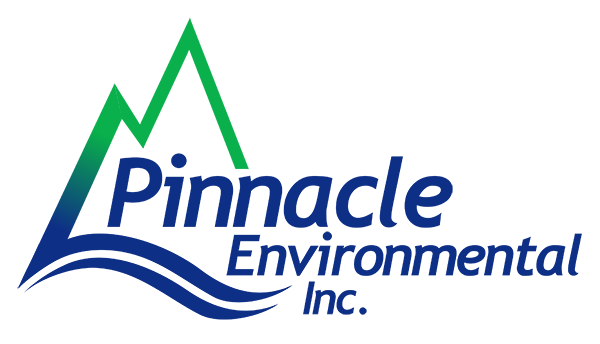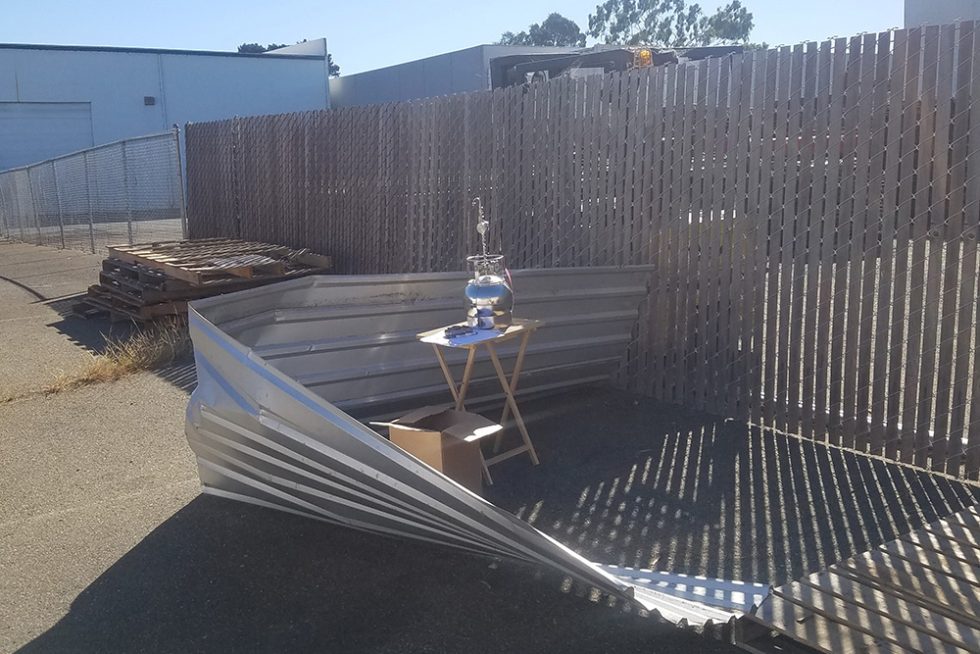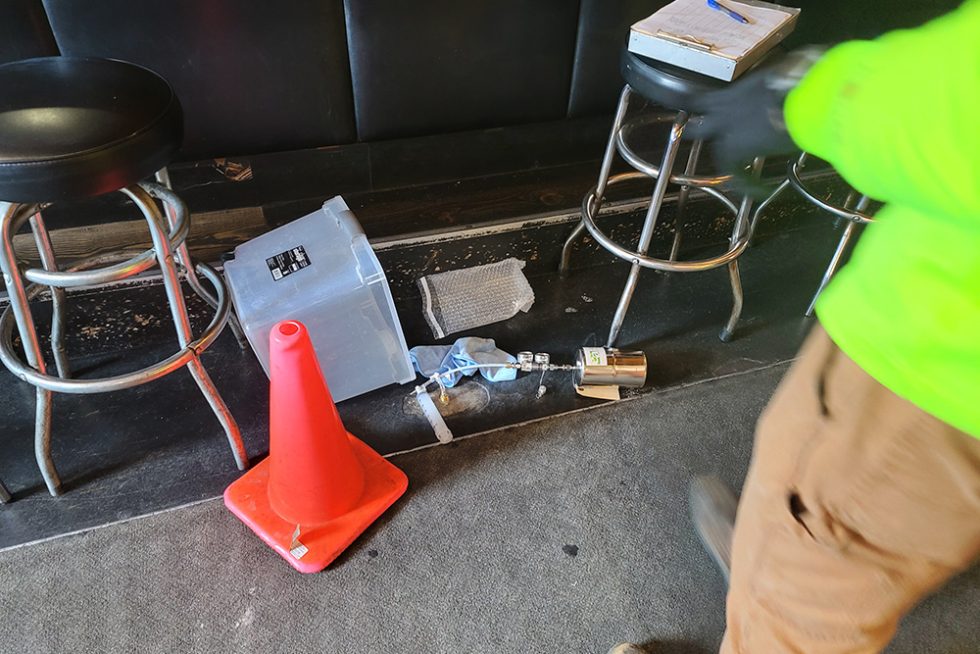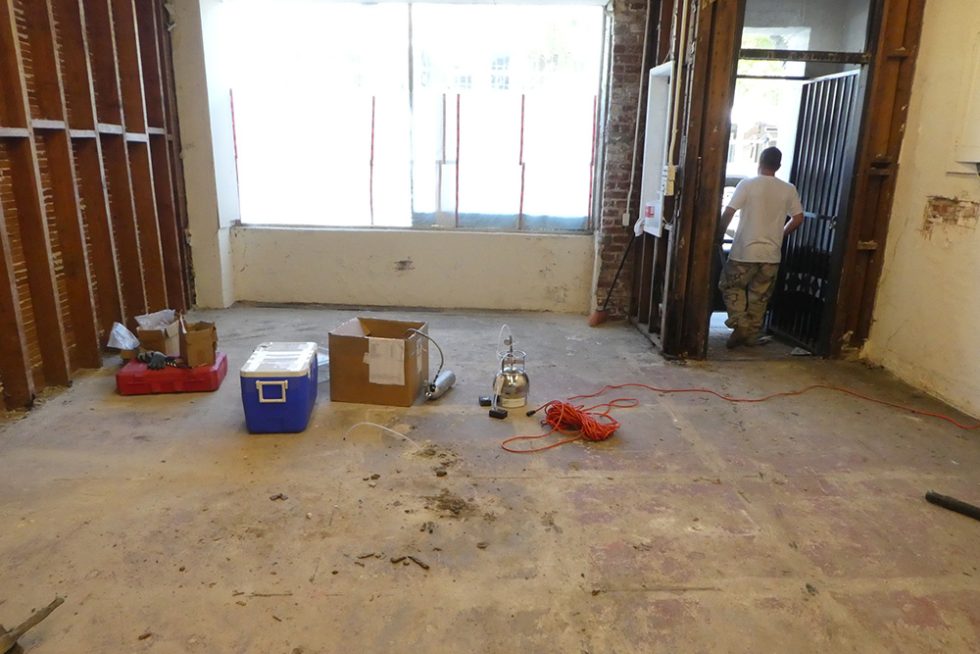Vapor Encroachment Condition (VEC) Analysis
Vapor Encroachment Condition (VEC) Analysis
Vapor Encroachment Condition (VEC) analysis is a critical component of Phase I Environmental Site Assessment (ESA) and is codified in ASTM E2600-15. This analysis focuses on the potential migration of hazardous vapors from chemicals of concern (CoCs) from contaminated soil and groundwater into buildings or enclosed spaces. It is an important component for assessing a property’s potential risks as posed to human health and indoor air quality concerns in relation to nearby contaminated sites.
A Phase I ESA will include a “Tier 1” VEC assessment to assess whether a VEC exists or cannot be ruled out based on data collected during the Phase I ESA. If the Tier 1 assessment concludes a VEC cannot be ruled out, additional assessment via Tier 2 screening may be necessary.
What are the steps involved in VEC Analysis?
The primary objective of VEC analysis is to evaluate the potential for vapor intrusion, which refers to the migration of volatile chemicals of concern (CoCs) from the subsurface into buildings through pathways such as cracks in foundations, utility penetrations, or unsealed entry points. The process of VEC analysis typically involves a comprehensive evaluation of multiple factors, including:
-
- Site Characterization: Understanding the nature and extent of contamination in the subsurface, including the identification of potential sources, plumes, and pathways of vapor migration. This involves conducting soil and groundwater sampling, analyzing historical data, and utilizing various investigative techniques.
- Vapor Intrusion Pathway Assessment: Identifying and evaluating potential vapor intrusion pathways that could allow contaminated vapors to migrate from the subsurface into buildings. This involves assessing factors such as the presence of preferential pathways, soil characteristics, building construction, and the proximity of potential receptors (e.g., residences, and workplaces).
- Data Analysis: Analyzing the chemical composition, concentration, and mobility of contaminants in soil and groundwater, as well as their potential for volatilization and transport as vapors. This includes assessing the physical and chemical properties of the contaminants, as well as their potential risks to human health.
- Risk Assessment: Evaluating the potential risks associated with vapor intrusion, considering factors such as the toxicity of the contaminants, the duration and frequency of exposure, and the sensitivity of the receptors (e.g., occupants, workers). Risk assessment methodologies and guidelines are often employed to determine the level of risk posed to human health.
- Mitigation Strategies: Developing and implementing measures to mitigate or manage the risks associated with vapor intrusion. This may involve implementing engineering controls, such as vapor barriers or ventilation systems, and ensuring proper building design and construction practices to minimize the potential for vapor intrusion.
What are some environmental and health concerns associated with vapor intrusion?
Vapor intrusion can give rise to several environmental and health concerns, primarily due to the potential exposure to hazardous vapors. Here are some key environmental and health concerns associated with vapor intrusion:
-
- Inhalation Exposure: Inhalation is the primary route of exposure in vapor intrusion scenarios. When vapors enter indoor spaces, occupants can inhale them, leading to direct exposure to potentially harmful substances. This exposure pathway can pose risks to human health.
- Toxic Effects: Many contaminants associated with vapor intrusion, such as volatile organic compounds (VOCs), can have toxic properties. Prolonged or significant exposure to these contaminants can result in various adverse health effects, including respiratory issues, neurological effects, organ damage, and even carcinogenic effects.
- Long-Term Health Implications: Chronic exposure to vapor intrusion can have long-term health implications, including the development of chronic diseases, respiratory conditions, and other systemic disorders. The cumulative effects of prolonged exposure may manifest over time, emphasizing the need for early detection and mitigation.
- Ecological Effects: Contaminants that migrate through vapor intrusion pathways can have adverse effects on ecosystems. They may harm plants, animals, and microorganisms, disrupting ecological balance and biodiversity.
- Contaminant Persistence: Vapors can persist in the environment for extended periods, leading to prolonged exposure and the potential for continued contamination. This persistence can hinder the natural attenuation of contaminants and necessitate active remediation measures.
Vulnerable populations (such as children, the elderly, and individuals with pre-existing health conditions) may be more susceptible to the health effects of vapor intrusion. Their heightened sensitivity increases the importance of identifying and mitigating exposure risks.







